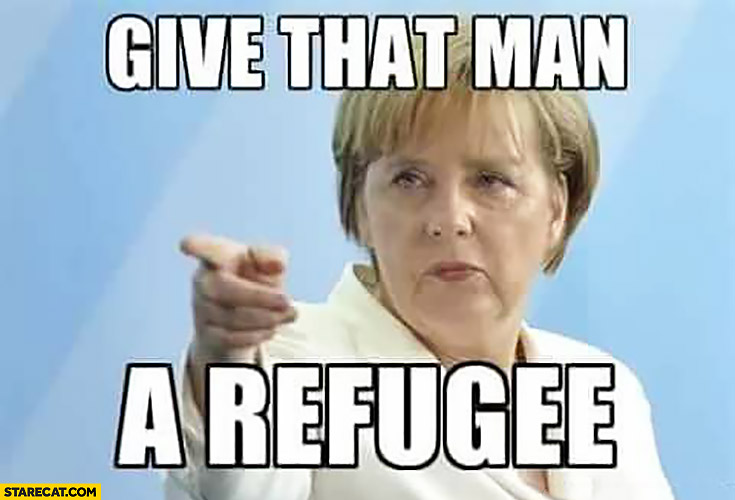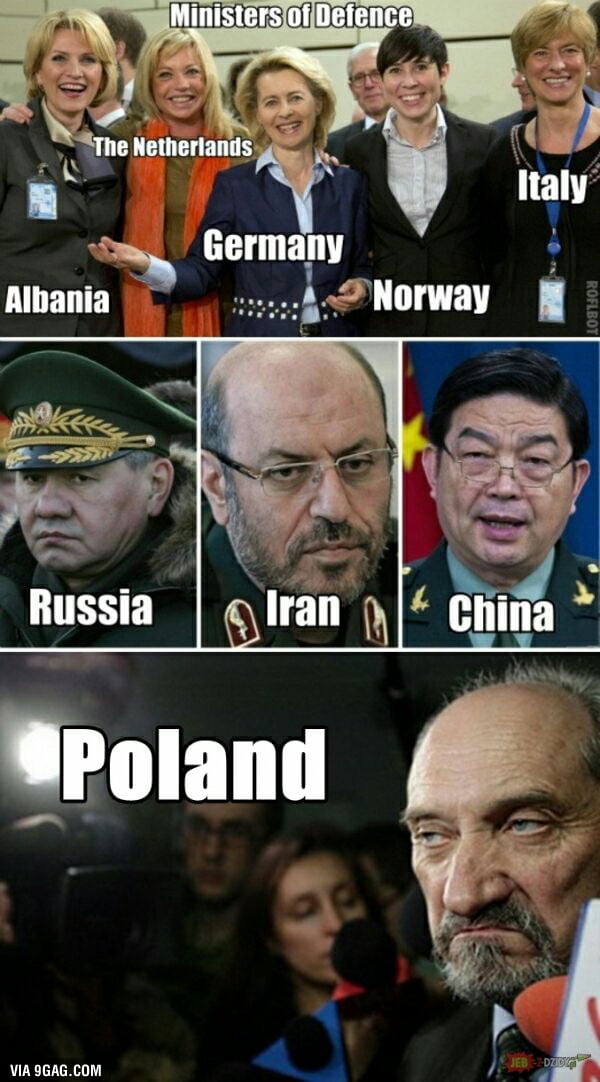FT: Can we begin with
G20 summit in Seoul? I have the impression that the G20 is divided into two camps: debtors and creditors. How can one forge a new consensus?
Angela Merkel: For a start, I think the G20 is a very interesting size, because it brings together the traditional industrial countries and the emerging countries, which means that almost 90 per cent of global gross domestic product is sitting at one table. We can work well together in this framework, and especially in the global economic crisis, the G20 has proved its worth.Now that we are hopefully moving again towards sustainable global growth, the challenge is to develop the G20 agenda further. That begins now, and will be the main task of the French presidency in the coming year. The member states are all in different situations. It’s true that many industrialised countries have a high level of public borrowing, and other countries have substantial assets. But this difference is not decisive in G20 co-operation.
FT: But isn’t there a fundamental imbalance in the G20 between those with the debtors and the asset-holders?
AM: As I said, the traditional industrial countries, whether it’s the European member states or the USA or Japan, are highly indebted. Others, especially China, have huge reserves. That is precisely why we agreed in Toronto that the industrial countries should halve their indebtedness by 2013 – and we Germans are working hard to do just that.
FT: But how great is the danger of excessive exchange rate competition, especially in the light of the latest quantitative easing by the US Federal Reserve Bank?
AM: The G20 has repeatedly stressed that the crisis can only be overcome if we dismantle all forms of obstruction, and do not erect new ones. And one can see that there are some developments which we must discuss seriously.
Take world trade: the signal should be given by Seoul that we are sounding the bell for the last phase of negotiations to complete the Doha round (of trade talks). We have been talking about it for many years, but there is another chance in 2011 to complete it at last. Unfortunately, trade barriers are being erected again on many sides, through customs duties and sometimes through preferences for domestic producers in public contracts. We must avoid actions like that, and talk about them very openly. Besides, exchange rates should reflect the real economic strength of a country. I don’t think it’s sensible to have a political argument about it. Rather, particularly considering the debate about China, we must find facts and benchmarks in order to deduce what is a fair exchange rate. Finally, we must also talk more in the G20 framework about the exit strategy from our various crisis programmes. We must switch to a phase of budget consolidation, as we are doing in Germany and other European countries in 2011, in order to get to a lasting and sensible development of the world economy.
FT: But aren’t the Americans trying to avoid an open
currency war with the Chinese by calling for binding targets for balance of payments deficits and surpluses. Is that not sensible?
AM: I don’t think much of these quantified balance of payments targets. It is not just a question of exchange rates, but also a question of competitiveness. And the competitiveness of countries depends on many more indicators than just weighing up imports against exports. So from a German perspective it is far too narrowly focussed just to pick a figure of 4 per cent (of gross domestic product for surpluses and deficits) and nothing else.
Every country has to carry out its own economic reforms. In Germany, we have made great efforts in recent years. But now simply to concentrate on the extent of trade surpluses I consider, as I said, much too narrowly focussed, because it disregards all the underlying structures. By the way, you can’t look at Germany in isolation, but as part of the eurozone, with a common currency and a common market.
FT: But you have just said that we must struggle to achieve sustainable growth. Are you not afraid of a return to the depression of the 1930s?
AM: I am not afraid of that for Germany, and if I consider the forecasts of the International Monetary Fund, I am not for the world economy, either. One cause of the crisis was that we had no sustainable growth, but rather in many countries growth was based on debt and speculative bubbles. In contrast to that, I now see the world in some regions is back on a very sensible growth path. The greatest danger that threatens us is protectionism, and we are still not taking adequate steps to ensure a genuinely free trade. Back in the 1930s it was just protectionism that ruined many efforts to get growth going again. So, there is something we can do that does not cost us much, and does not create any new debts, and that is to finish the Doha round. That is the priority for me.



 Reply With Quote
Reply With Quote








